While the iron is hot
Soviet montage cinema is one of the most idiosyncratic movements in movie history, and also one of the most influential. During the final ten years of silent cinema’s too-short lifespan, a collective of leftist Soviet painters and thinkers — cubists and modernists — began exploring the moving picture as an art form. They proposed some radical ideas on how to use the “language of cinema” — cinematography and editing — to do more than entertain: to convey important and complex sociopolitical ideas; to persuade and enlighten. Their contributions to film language are incalculable, and also a bit obtuse. They minimized storytelling in favor of image and, especially, the relationship between images.
So what is “montage”? You probably know. (Especially if you were sixteen when Team America came out.) Even in the specific context of Soviet silent cinema, it’s still roughly the same thing as how we use it in common parlance. It is the mechanism by which Rocky prepares for his bout with Apollo Creed as “Gonna Fly Now” blares. It is Carl and Ellie falling in love and living a quiet, sad, and beautiful life. It is gangsters dying to a paranoid mob boss as the coda from “Layla” plays. If any of these are what come to mind, you’re pretty much there. Most of the key ideas have stuck around since the ‘20s: cutting between different locations and times (i.e. “noncontinuously”) to illustrate and heighten the connection between images and events.
Soviet montage technique, in particular, relies on the idea that a cut between two shots could introduce new meaning or information, something not present in either of the shots in isolation. This isn’t exactly intuitive. Most films aim for editing to be as “invisible” as possible. You see one shot, then the next, and your attention flows naturally: Shot 1: One person talking. Shot 2: Another person talking. The human brain’s conclusion: These two people are having a conversation. Pretty straightforward stuff.

If you take any film studies courses or read more than a book or two on the topic, you will come across the famous “Kuleshov effect.” A Soviet filmmaker named Lev Kuleshov did an experiment in which he showed a sequence of images: the blank face of a famous actor, then cut to another image, then back to the actor, and repeat. The trick was that it was the same shot of the same actor every time. But he discovered that viewers projected wildly different emotions and behaviors upon the actor depending on what the alternate image was. Cutting from a bowl of soup to a blank-faced actor made the audience perceive that he was hungry. A dead person in a coffin cut to the same expression, and now the audience believes he is in mourning though his face is the same as when he was hungry moments ago.
Thus, Kuleshov proposed that the cut itself created some new, third item. The cut between the food and man created the hunger; the cut between the coffin and the man created the grief. His fellow Soviets took this idea and ran with it. Sergei Eisenstein, the most famous and influential of the Soviet montage directors, traced this back to ancient hieroglyphs and Chinese calligraphy. From an essay he wrote, collected and translated by BFI in a 1949 book called Film Form: “The combination of two hieroglyphs of the simplest series is regarded not as their sum total but as their product, i.e. as a value of another dimension, another degree: each taken separately corresponds to an object but their combination corresponds to a concept… a mouth and a bird mean ‘to sing,’ a knife and a heart mean ‘sorrow,’ and so on. But — this is montage!”
The Soviets did not invent this idea whole cloth. D.W. Griffith, for example, made use of it in Intolerance. He showed an ancient Babylonian tower burning, then cut to an apartment building in the 1910’s with a happy mother and child inside. The resulting sensation is not one of peace and happiness at seeing these contented people, but of anxiety: Our brains just saw one building destroyed; what might happen to this one and the people inside? (Sure enough, the woman is arrested and the baby stripped from her arms a scene later.)
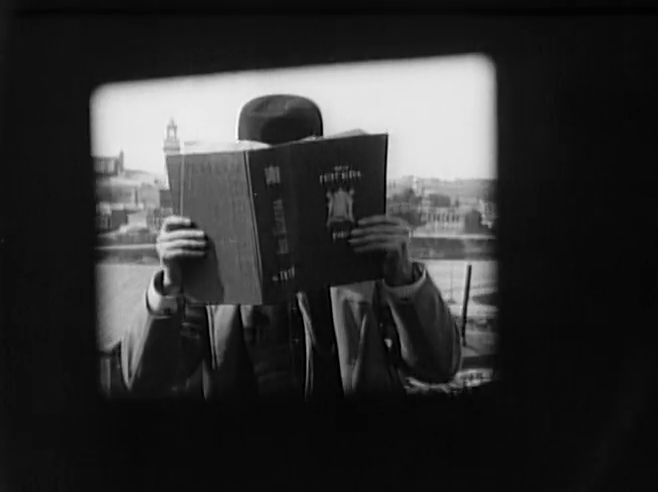
But the Soviets took this idea to a new level, making it the basis for their filmmaking style. They applied their considerable ingenuity and vision to crafting and sequencing images rather than telling rich stories. As a result they pushed the boundaries of cinematography, shot composition, and editing while regressing in narrative complexity and depth compared to their peers.
Sergei Eisenstein studied architecture and engineering as a college student, then joined the Red Army. He was a successful propagandist during the October Revolution, during which he fell in love with Kabuki theater. (He cited this time learning Japanese kanji as key in his developing sense of image composition, which is not too surprising given his previous quote.) Eisenstein joined Proletkult, an early Soviet political, artistic collective, which worked in theater for a few years before turning their attention towards cinema.
Strike from 1925 is Eisenstein’s first feature film, and one of the definitive films of the Soviet montage style. Eisenstein directed and edited the feature based on a scenario that he and his Proletkult buddies co-wrote. It tells the story of an ultimately unsuccessful labor protest in six chapters. Factory leadership gets wind of employee discontent and deploys a series of spies to sniff out dissidence and organization. After an accusation by the factory forces a harangued employee to kill himself, the workers unite and fight back for control of the factory. A violent police and military squad ultimately quash their struggle.
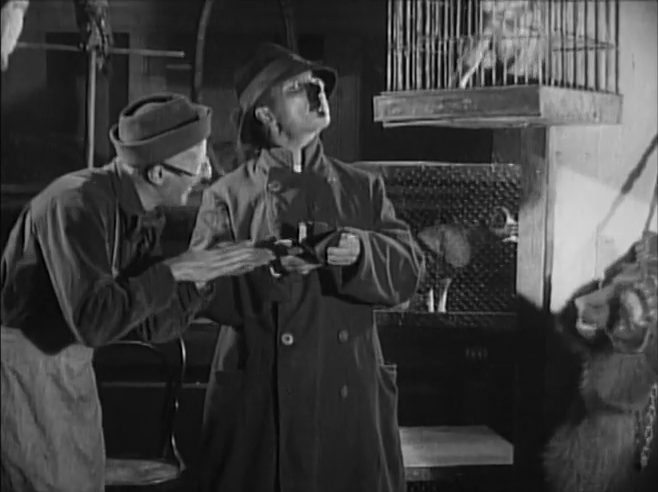
There are a lot of problems with Strike from the perspective of conventional storytelling, starting with a basic dramaturgical issue: By its very thematic mandates, the film’s protagonist is not an individual, but a collective. There is no one hero whose perspective and psyche we inhabit. Narrative structure 101 tells us we need a protagonist to get behind; here, we only meet sympathetic characters for brief snapshots. In contrast, the villains are memorable portraits: wacky spies whose mannerisms resemble various animals, and outlandish fat cat capitalists. It makes for good satire, at least.
The problem of bad guys being more fun to cheer for than the good guys is a problem as old as storytelling itself, and Strike is far from the first film to experience the problem. (It’s a big issue with the serial Les Vampires, for example.) It’s the root reason anti-hero sagas have been some of cinema’s most popular stories for generations, from Little Caesar to The Godfather to Joker.
Strike’s second narrative problem is that the film is a series of related episodes rather than a continuous story. Structurally, it plays like newsreel or documentary footage: a piecemeal peek into a story rather than a full rendering. It has more cinematic power than a news clip would, but the story is closed off from emotionality and personal connection in a way a flowing, character-driven narrative wouldn’t be.
Despite the creaky storytelling, Eisenstein is a monumental filmmaker right out of the gate. With just this first film, he makes a case as one of the medium’s great image-makers, on par with Abel Gance, F.W. Murnau, and Fritz Lang as the greatest of the mid-’20s. This comes from his inspired imagination, but also his background collaborating with visual artists and propagandists. He placed the camera in places nobody else thought to. Just look at a some of these compositions:
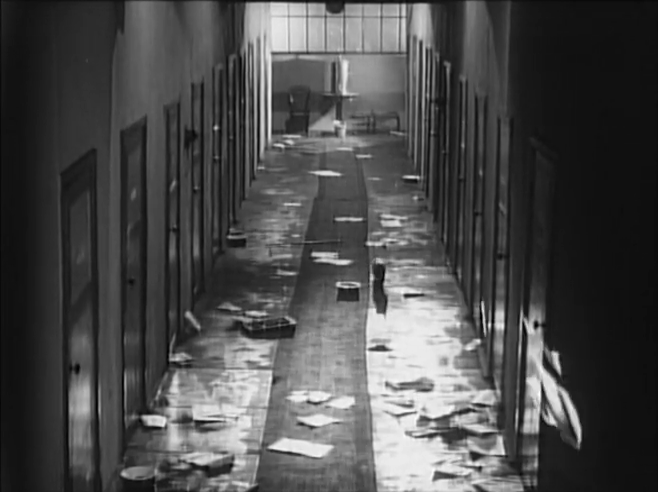
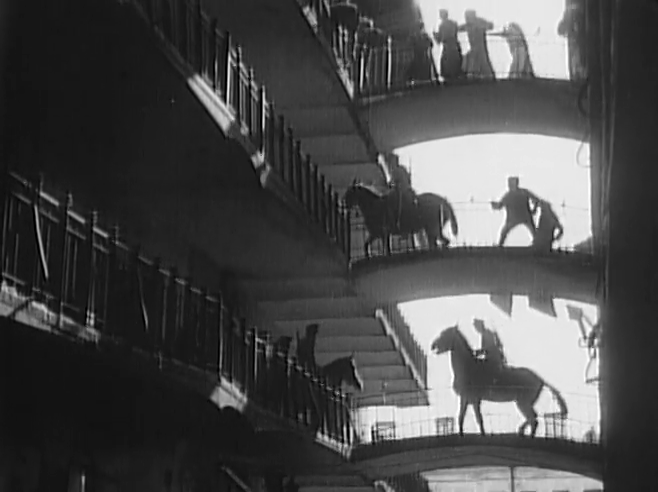
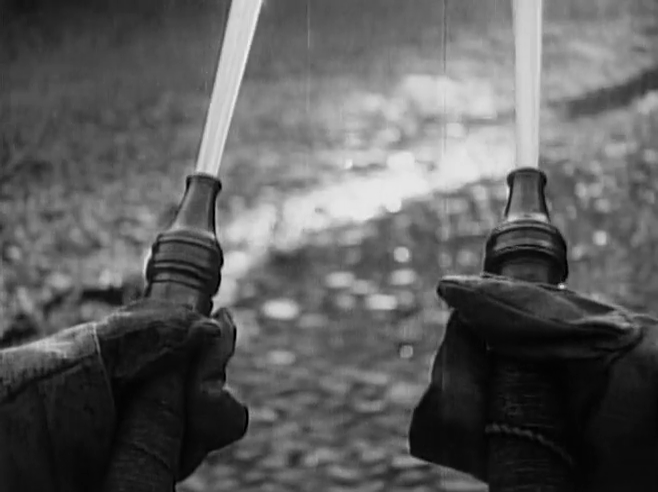
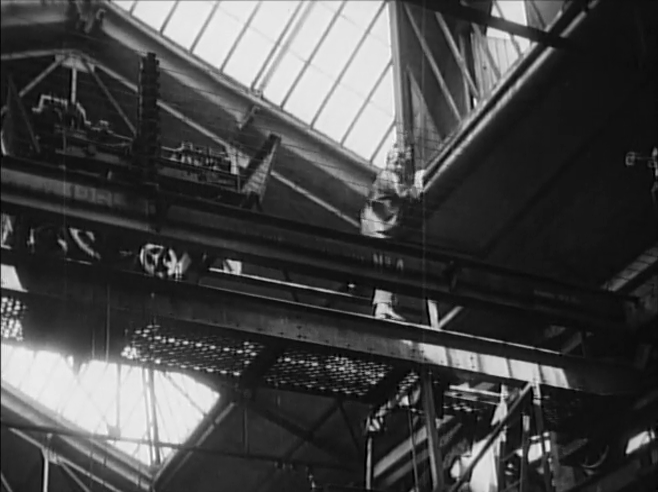

A few key features of Strike stand out relative to other cinema of the era. First is the cadence of the editing. Beyond the ambitious thematic purpose of the editing into montages, there are simply a whole lot of cuts — the shots are brisk, short, and full of energy as a contrast to many films of the era which are built from longer and steadier shott rhythms (especially fellow European films La Roue and The Last Laugh, which thrived on extended, flowing takes).
Eisenstein also leans heavily on symbolic shots to convey the emotions of the story. For example, Eisenstein shows young toddlers playing with their parents throughout the film to emphasize the wholesomeness and family values of the proletariat in contrast to the factory owners and bootlickers. He also repeatedly shows the butchering of meats as part of the day to day of the factories’ workers, especially during the climax, to suggest the cruelty of the capitalists.
One area that Eisenstein would turn a corner on before his next and most famous feature, Battleship Potemkin, is the power of the image of masses versus individuals. Strike is full of shots of crowds and chaos during the strike and its suppression, a choice Eisenstein would later speak against in favor of more focused snapshots. According to film scholar Yuri Tsivia’s commentary of Strike included on its 2000 DVD release by Image Entertainment, Eisenstein realized during screenings of Strike that the complex, cast-of-hundreds shots evoked less of a reaction from audiences than simpler images of single individuals. He adjusted course in his technique, resulting in, e.g., the famous Odessa Steps sequence in Potemkin that convey the violence against masses while still pulling our eyes to specific subjects.
It’s tough to evaluate Strike as a piece of cinema in 2024. Even more than most other silent films, Soviet montage кино is another art form. As a narrative, Strike operates in gestures rather than specifics, and even those gestures are a bit half-hearted. For example, the various capitalist agents introduced memorably in the beginning have almost nothing to do before the film has moved on. But unlike, say, Intolerance, Strike is at least never boring. It benefits from a short runtime and a brisk pace. It’s a piece of propagandistic visual art more than it’s a proper movie, and my policy is to rate movies based on what I think a curious movie fan would get out of a film today as opposed to how a film historian would evaluate the movie’s influence. So take the rating below with a grain of salt; a film like Strike, so seminal and groundbreaking and tremendously made, is a must-watch if you want to understand the evolution of the language of cinema; and, even if you don’t, it’s often electric and/or touching. And yet it’s easier to engage with intellectually than it is emotionally or intuitively.
Is It Good?
Good (5/8)
A few words on "Is It Good?" ratings for early cinema.
Dan is the founder and head critic of The Goods. Follow Dan on Letterboxd. Join the Discord for updates and discussion.

